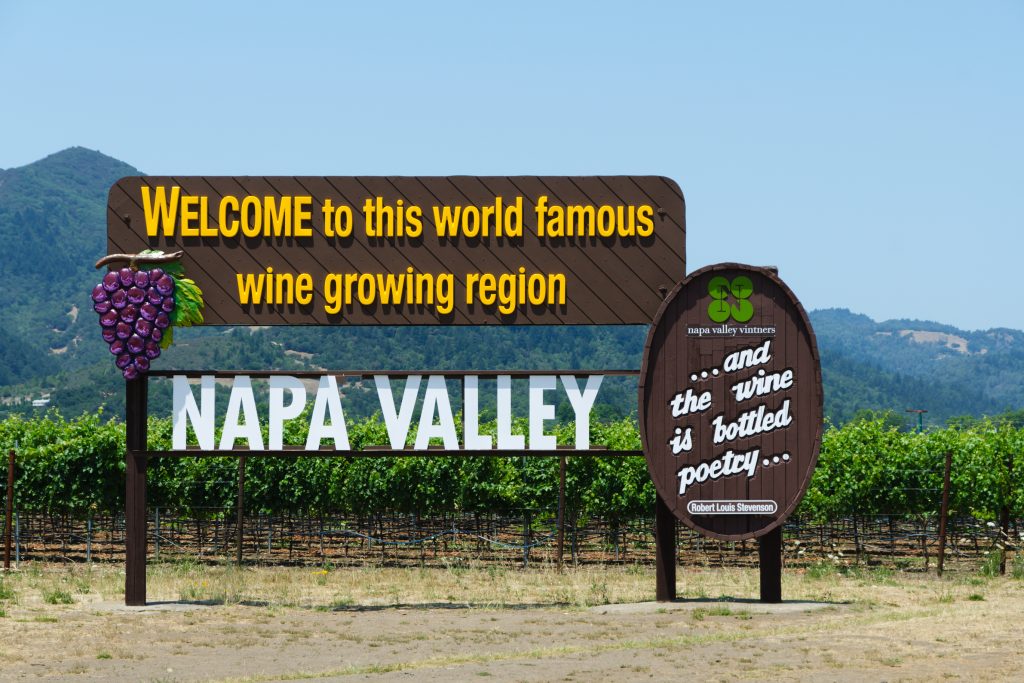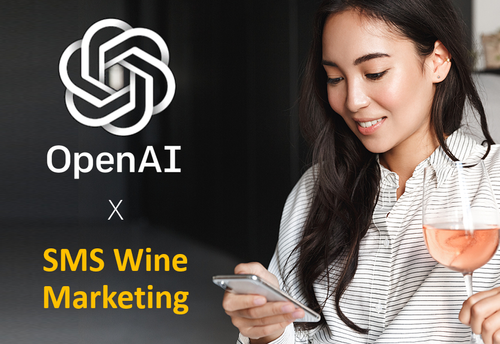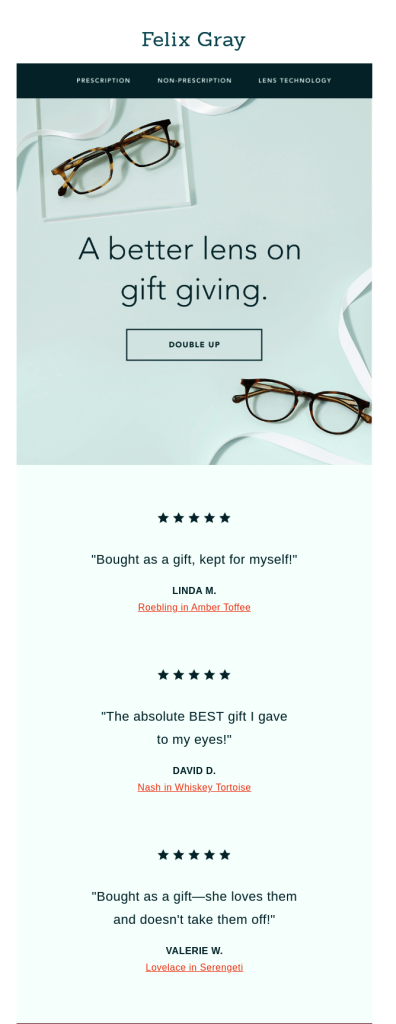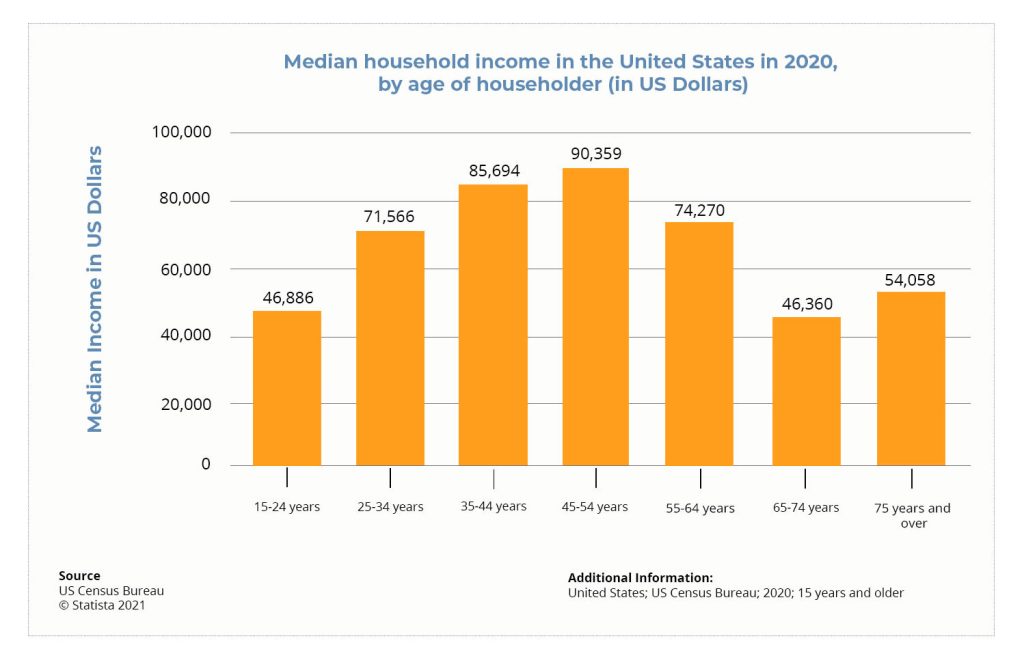
By: Becky Garrison
Even though Oregon’s pinot noir wines tend to grab the bulk of the headlines, this region produces over 80 grape varieties. Among the most popular grapes grown include chardonnay, gamay noir, pinot gris, riesling, rosé, sauvignon blanc, syrah, tempranillo and zinfandel.
The Launch of the Alt. Wine Fest
In 2019, Mallory Smith and Martin Skegg launched the Alt. Wine Fest in Oregon’s Willamette Valley as a vehicle to showcase the full range of Oregon’s bounty. Described as “Oregon’s Other Wine Festival,” the forthcoming 2023 festival has expanded to include 35 winemakers pouring over a hundred wines. Other offerings include tacos, lawn games and a DJ.
The inspiration for this festival stemmed from Smith’s work at a bottle shop in northeast Portland, Oregon. She found that those customers asking for Oregon pinot noir were mostly from out of town. When she introduced non-pinot noir varieties to locals, they would be excited and surprised that those things even existed. On a similar note, they noticed that even people who worked in the wine industry in Oregon didn’t know that there were a lot of other grapes grown right in their backyard.
As Smith reflects, “We knew of many producers making ‘alt’ wines, but because we ran in those circles we didn’t realize how much it was an untapped market. So, the Alt. Wine Fest was not only an opportunity to highlight a lot of smaller producers and showcase underdog grapes, but also to give people the firsthand opportunity to discover, taste and explore these wines.”
They first launched the festival at the Old Schoolhouse, a wedding venue located in the heart of the Willamette Valley wine region in Newberg, Oregon. The owner and her family helped them get this festival off the ground, and this sold-out event exceeded their expectations.
When reflecting on the success of their inaugural festival, Smith points to a shift in the consumer market for Oregon wines. “Even though there are some corners of the industry that still believe anything other than pinot is a sideshow, there has been a shift in the last few years. People are more interested in the possibilities of these other grapes and the production of non-pinot wines has been slowly increasing. Generally, we had good support from the industry, and the likes of the Willamette Valley Wineries Association were enthusiastic about the event.”
Following a two-year pause due to COVID, they re-launched this festival. As they knew they needed to expand to accommodate the growing interest in non-pinot wines, they sought a larger venue. So, they moved to Abbey Road Farm, a winery, bed & breakfast and event space in Oregon’s Yamhill Valley. They kept the same formula but had more people and winemakers. This event sold out again. “It was good to see that people still had the same enthusiasm for the wines as before the pandemic,” Smith noted.
Moving forward, they hope to keep growing the event as best they can. However, they’re taking it slow to maintain the festival’s heart and soul. Smith notes, “This year, we may have a couple more winemakers, but the attendance will be about the same, as we don’t want it to get too crowded. We’re looking at the possibility of smaller side events. Maybe something educational, as that is one thing people have asked for, or dinners with winemakers or a tasting party.”
Winemakers Speak to Their Experience at the Alt. Wine Festival
For Brianne Day, owner and winemaker of Day Wines (Dundee, Oregon), participating in the Alt. Wine Festival was a natural fit, given she produces 24 varieties of wine along with two pinot blends and two single vineyard pinot noirs. In addition to highlighting the range and bounty of what Oregon is capable of, she appreciates that most of the producers there have fun with their wines and brands with a more adventurous and creative take on winemaking and wine business creation. “It’s a fun and exciting subset of the industry to be a part of, and I enjoy being with peers who see it that way as well,” she states.
Day does not grow any fruits and sources from vineyards in the Columbia River Gorge, around the Willamette Valley and the Applegate Valley. Most of the varieties she purchases were planted years ago by growers who wanted to see other kinds of wine made in Oregon. Sometimes growers asked her what she would like to have grown for her. So far, she’s asked for more Italian varieties in southern Oregon. One grower planted the first Oregon Nero d’Avola, and another planted the first Oregon Zibibbo.
In her experience, these wines are pretty easy to make and bring to market. “The varieties grow well and ripen well in Oregon and in many ways are less challenging than making pinot.”
As non-pinot fruits are not as readily available to her as pinots, she cannot produce as many of these wines, as she can to meet the demands of the U.S. wine-buying market that appreciates adventurous and creative wines. Some of her wines are only available for sale in the winery because they are in such high demand, and she cannot make large quantities of them. “My biggest challenge is just keeping my distributors happy with what I can supply and having consumers be a little disappointed when we sell out of one of their favorites,” Day observes.
Among the non-pinots wines Melaney Schmidt and Malia Myers of Landmass Wines (Cascade Locks, Oregon) produce include chenin blanc, tempranillo, grenache and gruner veltliner. They head to the Rogue Valley for their warm-climate fruit, and for cool-climate fruit, they source from the Columbia River Gorge. Since their brand is still young, they feel they have the flexibility to work with whatever fruit interests them.
They find freedom in making a wine that hasn’t been examined to the point of exhaustion. As Schmidt observes, “You can work with another varietal and steer it in any direction that suits you. If I want to make a juicy, fruit-forward rosé of tempranillo, there is an openness from the consumer because there aren’t any preconceived thoughts about what winemaking style I ‘should’ adhere to.”
In their estimation, the Alt. Wine Fest provided them with a great forum to see and taste how others approach these esoteric varietals. “The event was a huge success and seeing so many people there eager to try new wines was incredible. I’m looking forward to doing it again!” Schmidt exclaims.
The Future of Alt. Wines in the Willamette Valley
In particular, Oregon’s famed Willamette Valley has seen a rise in vineyards planting non-pinot grapes. According to Smith, producers have run into pinot fatigue when trying to sell into the broader U.S. market, and buyers are interested in different varieties. “It’s not controversial to say that the market is saturated with pinot, and there are already too many mediocre $50 pinots kicking around,” she adds.
Also, not every site is ideally suited for growing pinot noir grapes. As Smith states, “The valley is big, and there should be more exploration of what else works. There are plenty of winemakers who are vehement that trying to imitate Burgundy was a misstep and that the region has far more potential with other grapes.”
Furthermore, Smith predicts that climate change will make a difference. “Predictions show that within the next couple of decades, things will become very uncomfortable for pinot in the valley, so winemakers will have to look to other grapes. There are perhaps 90ish different varieties grown in Oregon, but many thousands more are available. Why not give some of those a try?”
The 2023 Alt. Wine Fest will be held on July 16, 2023, with information available on their website at www.altwinefest.com.









